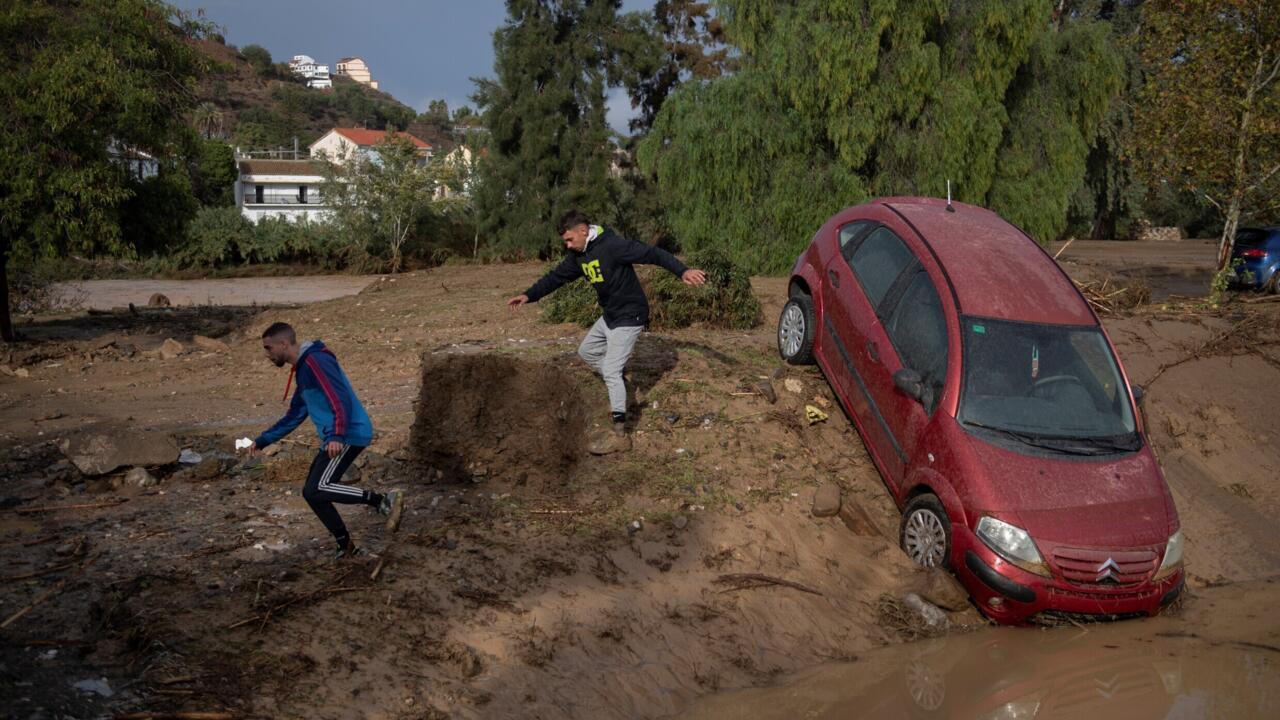Heavy rain lashed much of eastern and southern Spain on Tuesday, flooding streets with muddy water and disrupting rail and air travel. Images shot by residents with smartphones and broadcast on Spanish TV showed raging waters washing away cars and flooding buildings. In some areas, more than a month’s rain fell in a single day, Spanish media reported.
Officials said on Tuesday that at least seven people were missing – a truck driver in the Valencia region and six people in the town of Letur in the eastern province of Albacete. Emergency services workers backed by drones would work through the night to look for the missing in Letur, the central government’s representative in Castilla-La Mancha, Milagros Tolon, told Spanish public television station TVE.
Spain central government set up a crisis committee which met for the first time late Tuesday to overlook the response to the storm.
The government has deployed the UME, a military unit specialised in rescue operations, to Valencia to help local emergency services. Valencia city hall said all school classes and sports events were suspended on Wednesday, and parks would remain closed. Twelve flights that were due to land at Valencia airport were diverted to other cities in Spain due to the heavy rain and strong winds, Spanish airport operator Aena said. Another 10 flights that were due to depart or arrive at the airport were cancelled.
National rail infrastructure operator ADIF said it had suspended all rail services in the Valencia region “until the situation returns to normal for the safety of passengers”. High-speed trains between Madrid and the city of Valencia will be suspended until “at least” 10 am on Wednesday due to the effects of the storm, it added. A high-speed train with 276 passengers derailed in the southern region of Andalusia, although no one was injured, the regional government said in a statement.
Meteorologists said the storm was caused by cold air moving over the warm waters of the Mediterranean Sea, which produced intense rain clouds. Scientists warn that extreme weather such as heatwaves and storms is becoming more intense as a result of climate change.


